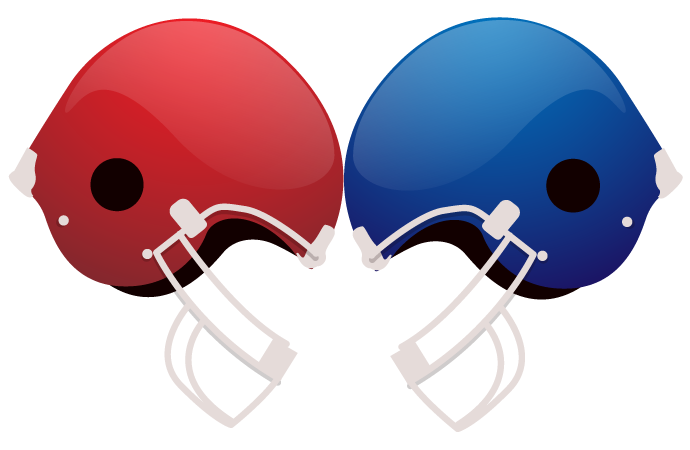New Orleans Saints safety Malcolm Jenkins said the risk surrounding the coronavirus “has to really be eliminated” before he would be comfortable returning to play this season.
Jenkins, a 12-year veteran and member of the NFL Players Association’s executive committee, appeared on CNN on Thursday morning in his new role as a contributor for the network.
JUST NOW: “Football is a nonessential business and so we don’t need to do it. So the risk, you know, has to be really eliminated before we — before I would feel comfortable with going back. “
Saints @MalcolmJenkins concerned about a return to playpic.twitter.com/onBcvBo3qa
— John Berman (@JohnBerman) June 25, 2020
Jenkins described football as a “nonessential business.” And he pointed out that “the NBA is a lot different than the NFL because they can actually quarantine all of their players or whoever is going to participate.”
“We have over 2,000 players, even more coaches and staff. We can’t do that,” Jenkins said. “So we’ll end up being kind of on this trust system, the honor system, where we just have to hope that guys are social distancing and things like that. And that puts all of us at risk, not only us as players and who’s in the building, but when you go home to your families. You know, I have parents that I don’t want to get sick.
“And I think until we get to the point where we have protocols in place, and until we get to a place as a country where we feel safe doing it, we have to understand that football is a nonessential business. And so we don’t need to do it. And so the risk has to be really eliminated before we — before I — would feel comfortable with going back.”
On Thursday afternoon, Jeff Pash, the NFL’s executive vice president/general counsel, said the league has advised its teams to expect an on-time start for training camps next month, meaning that for most teams, players will be expected to report no later than July 28 to begin preparing for the season.
1 Related
Speaking on a conference call following a virtual meeting of league owners, Pash said that “active discussions” are ongoing about what will happen after that point. Earlier Thursday, the Pro Football Hall of Fame Game, which was scheduled to kick off the preseason schedule on Aug. 6 in Canton, Ohio, was canceled.
The league continues to plan for a full regular season, though the landscape is ever-changing as other sports leagues have begun returning to work, with increasing reports of players testing positive for the coronavirus in various sports.
Dallas Cowboys running back Ezekiel Elliott, one of the most high-profile players known to have contracted the coronavirus, also acknowledged that he was concerned about player safety when the NFL returns.
“I just feel like there’s a lot of moving parts that have to be figured out,” Elliott said on a Twitch feed. “I just don’t know how they can keep the players [healthy]. You gotta put the health of the players first.
“And it’s not even so much, I would say, the players’ health — because I got corona, and it really didn’t affect me much. But a lot of people have kids — they may have kids with asthma; they may have newborn babies; their parents or grandparents may live with them. … We have to find ways to make sure that players and their families — and the coaches also and their families — aren’t put at risk.
“Hey, I hope we play. I wanna let you guys know: I do hope that we have a season. But it has to be right. It has to — we gotta put the health of the players and the coaches and the support staff first. I think that’s important.”

